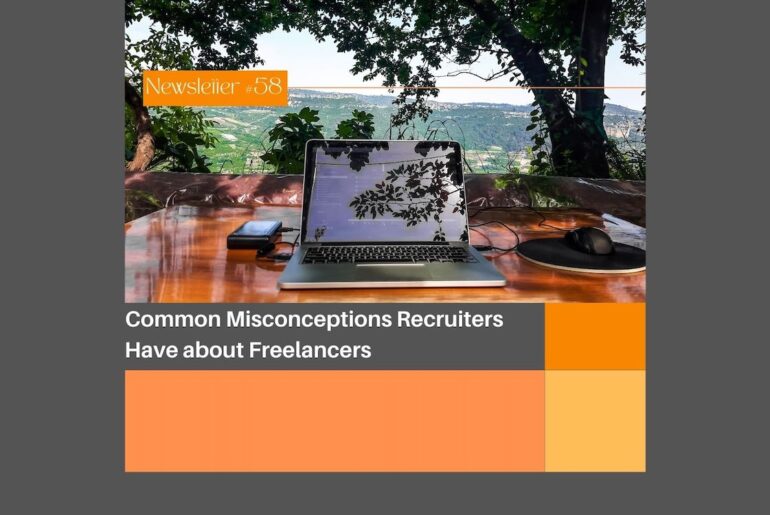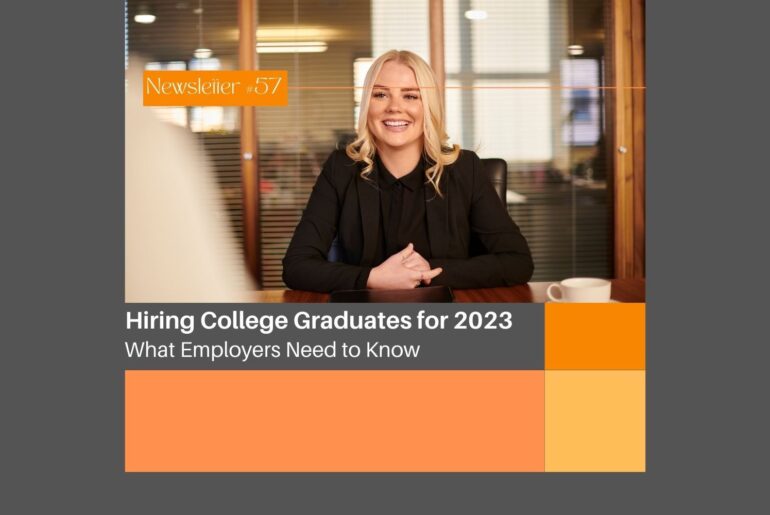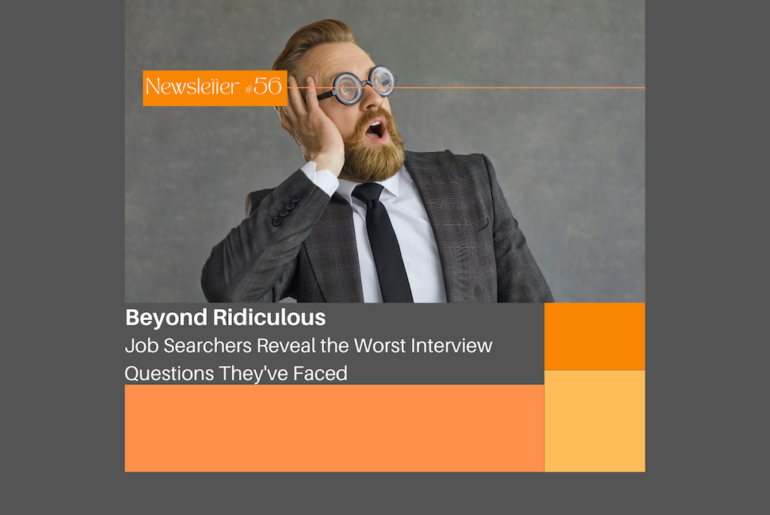A Thing of the Past
With the advent of desktop computers, the arduous task of scouring through weekly job classifieds became a thing of the past. The mid-1990s brought about a new era where job seekers could easily search and apply for jobs online. The introduction of AOL’s Instant Messaging feature provided an even faster means for employers and candidates to communicate and schedule interviews. As smartphones became more pervasive in the early 2000s, hiring managers increasingly used phone calls for screening and interviewing candidates. Despite this trend, over 80% of interviews still took place in person.
To think that the landscape of hiring and interviewing has gone from novelties to now potentially utilizing virtual reality in less than 35 years since the first smartphone was invented seems crazy…. yet totally plausible. Here’s why.
Technology in the Now
Believe it or not, the first computer with a built-in camera came along in the 1990s, along with instant email and the first smartphones. Employers were quicker to jump on board with email and phone calls because these ideas had been around for a while, and these modes of communication were more easily accessible. But video calling? Video calling was something that had to wait. Not only were computers with webcams extremely expensive, limiting accessibility, but software to facilitate video conferencing was still in the works. It wasn’t until 2005 and upwards that video interviews started gaining some steam.
Because asynchronous and live video interviews were still pretty novel, many people had reservations. Despite the promise of quicker and cheaper hiring, many employers worried about potential bias and lower hiring confidence. From 2005 to 2020, the use of video interviewing ebbed and flowed but stuck around because it was, indeed, beneficial.

Then came Covid.
Covid forced people out of their offices and into their homes. But the show had to go on, right? So, businesses had no other choice than to utilize video conferencing. Though it proved useful for continuing business operations, it also became a huge pawn in hiring, especially for companies that desperately needed to hire local and remote talent to recover from the effects of Covid’s first waves.
Now as society is finally able to take a step back from the aftermath of the pandemic, we are realizing how quickly technology has advanced in the last three years. With the advent of Chat-GPT and other AI software, artificial intelligence (AI) has taken on many hiring and recruiting functions typically handled by humans, such as writing, data collection, screening, and interviewing. So, just as we’ve seemingly conquered the concept of video interviews, virtual reality-based interviews are peeking over the horizon.
Virtual Reality Tech for the Future

Applicants are using virtual reality headsets to complete mock interviews that rival the Sims games that became popular in the early 2000s. As of now, testing virtual reality for interviewing has mostly been done for candidates practicing interview situations and questions and getting feedback. While VR is not extremely popular in the world of interviewing yet, here’s why it could be adopted in the near future.
For one, the technology to make this a reality is there. Recruiters in many companies across the globe are already using virtual reality to recruit and attract candidates. They are using VR to showcase company culture, give office tours, assess potential candidate skillsets, immerse candidates in a day in the life, and so much more.
Another reason VR may be a future interviewing tool is that it is just as useful (if not more) as video interviewing. It offers the same cost-effective and time-efficient benefits. However, it also introduces aspects of an in-person experience while still mediating bias. For example, VR tech provides an immersive experience, which can help to reduce the stress and anxiety that some candidates may experience during traditional in-person or video interviews. In the same way, VR introduces a higher level of standardization. Many current apps used for interviewing utilize standard cartoon figures, which means interviewers aren’t distracted by biases as they may be on a video call.
Only time will tell.
While there are drawbacks to VR interviewing, such as compatibility, accessibility, and cost, it is still something to look out for in the future. As we’ve seen over the past couple of years, all it takes is one or two major events to accelerate the growth and adoption of tech, so don’t count out virtual reality just yet. Instead, keep it in the front of your mind, brainstorm ways your company could implement it in the future, and start small.But first, let’s take it back to the old days by posting a job on Job\Searcher, a new way to the old thing.






